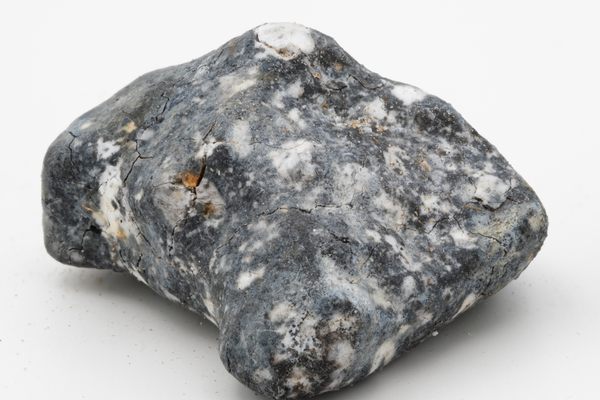Watch Astronauts From the 1970s Geek Out With Gyroscopes
Why are these devices so important to spacecraft?

Yesterday, NASA reported that the Hubble telescope had been put in “safe mode.” One of the gyroscopes, which are key to keeping the telescope oriented and stabilized, wasn’t working. Which means that, for the moment at least, Hubble isn’t pointing its lens out to the stars, taking astounding pictures of the universe.
It’s not a catastrophe. NASA assures everyone that Hubble only needs one gyroscope to operate, and it has two left with enhanced capabilities that should keep everything running for awhile yet. (Or at least until Hubble’s replacement goes into space, which is supposed to happen in 2020.)
Why are gyroscopes so important to spacecraft? Well, why not let a couple of astronauts from the 1970s explain? (And if, for some reason, you’re not interested in gyroscopes in space, may we recommend you watch this video for the ‘70s-era facial hair alone?)
The Skylab mission had its own problems with gyroscopes, in the end. Of the three “big” gyroscopes that controlled the movement of the space station, one failed early on; a second had intermittent problems. Toward the end of a planned mission, it started to fail, too, which would have restricted the experiments the astronauts are able to complete. Still, it’s pretty incredible that technology dating back two centuries is crucial to our ability to live in space and take pictures of the stars.















Follow us on Twitter to get the latest on the world's hidden wonders.
Like us on Facebook to get the latest on the world's hidden wonders.
Follow us on Twitter Like us on Facebook